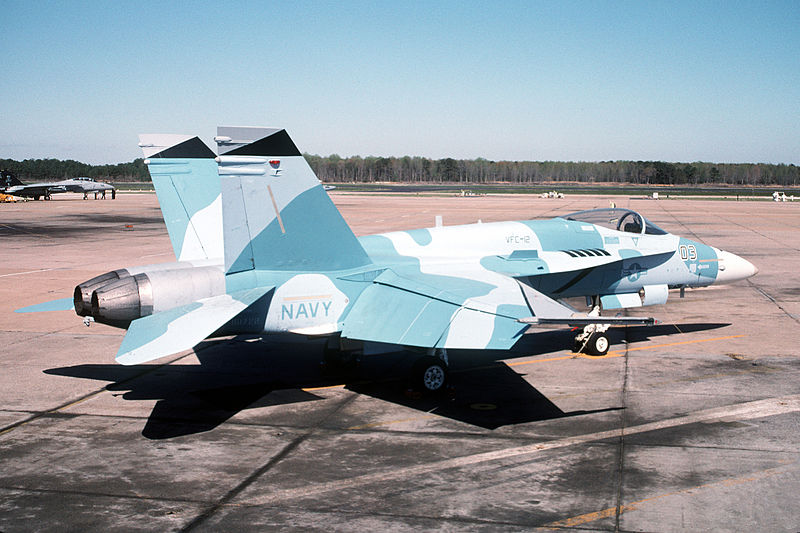Oh boy.....well, I am not a fighter guy so my knowledge is probably a lot less than theirs for A-A weapons, but jeez...
Infared aquisition isn't exactly a brand new technology. It has some pretty big limitations at present time.
As far as those envolopes go.....yeah...take all #'s you see with a grain of salt. That is just a good rule of thumb.
But I must say the the AESA is a pretty impressive piece of gear found on the Super Bug. So if you want to play technology war from Jane's, take a look at that radar.
Now on to real stuff!
I am taken at how large the damn thing is. I have no idea what its radar cross section is, but man it is a big sucka. I thought the Eagle blocked the sun. And I don't exactly fly a little jet, either.
So that is a pretty cool picture, I'd never seen it before and it give a real perspective on the actual size of the Flanker.
Infared aquisition isn't exactly a brand new technology. It has some pretty big limitations at present time.
As far as those envolopes go.....yeah...take all #'s you see with a grain of salt. That is just a good rule of thumb.
But I must say the the AESA is a pretty impressive piece of gear found on the Super Bug. So if you want to play technology war from Jane's, take a look at that radar.
Now on to real stuff!
I am taken at how large the damn thing is. I have no idea what its radar cross section is, but man it is a big sucka. I thought the Eagle blocked the sun. And I don't exactly fly a little jet, either.
So that is a pretty cool picture, I'd never seen it before and it give a real perspective on the actual size of the Flanker.


